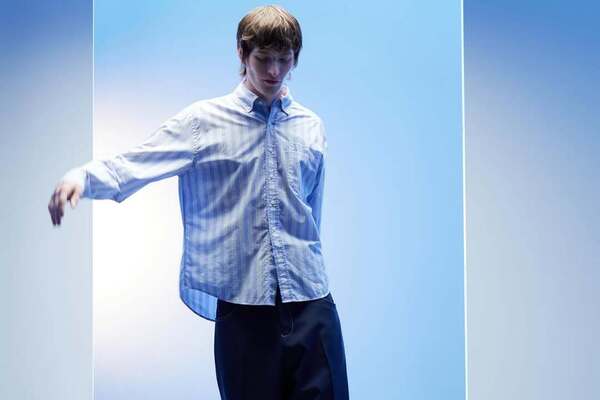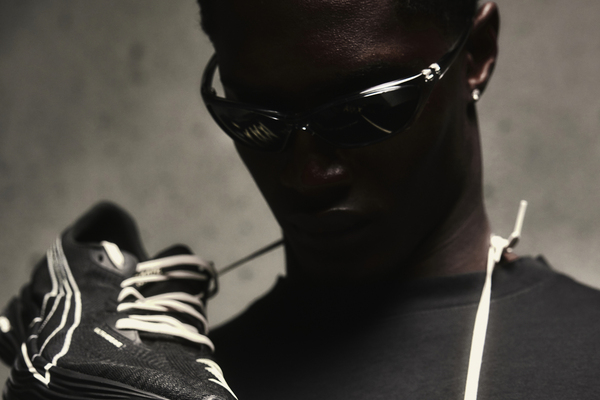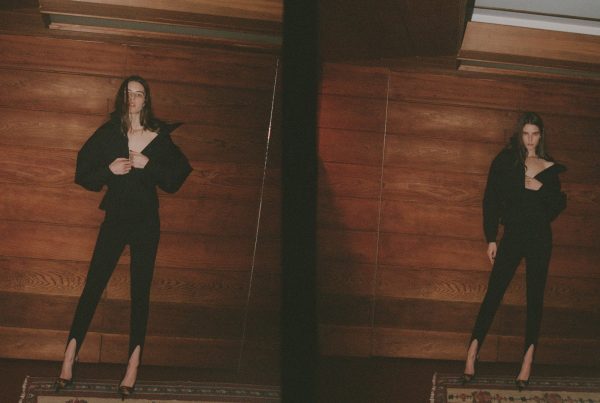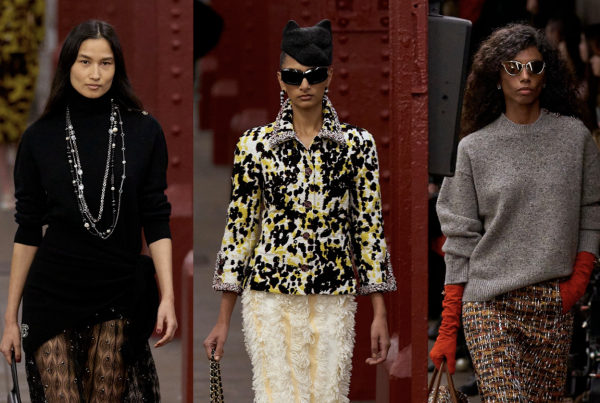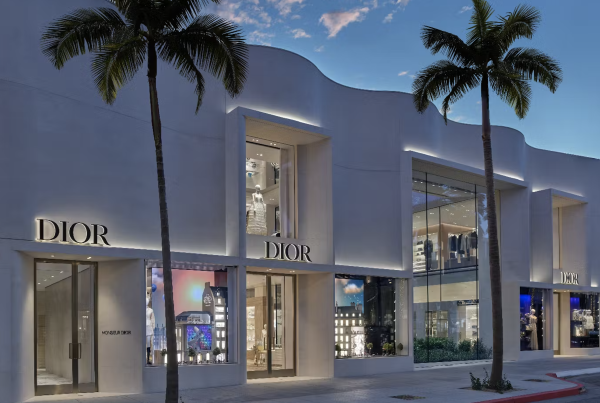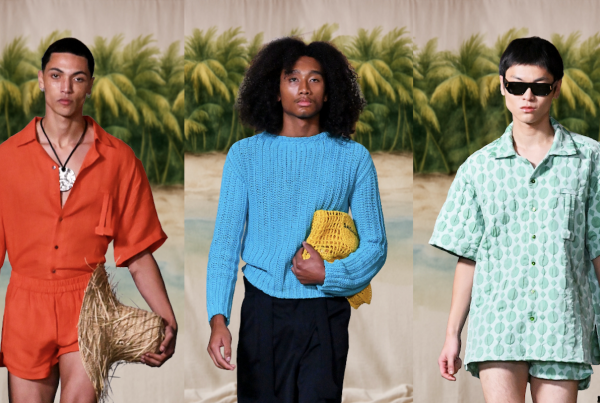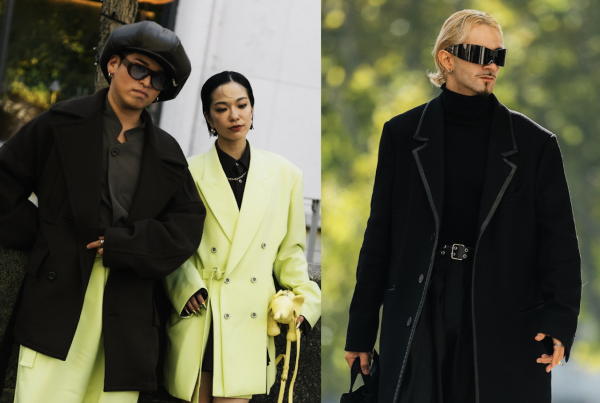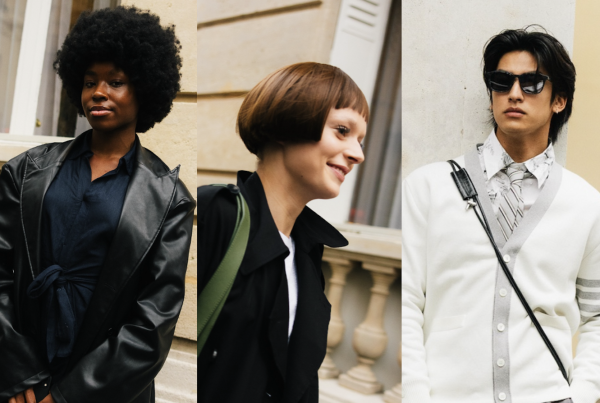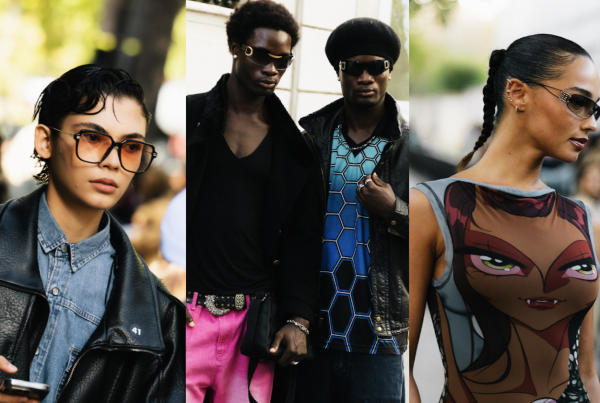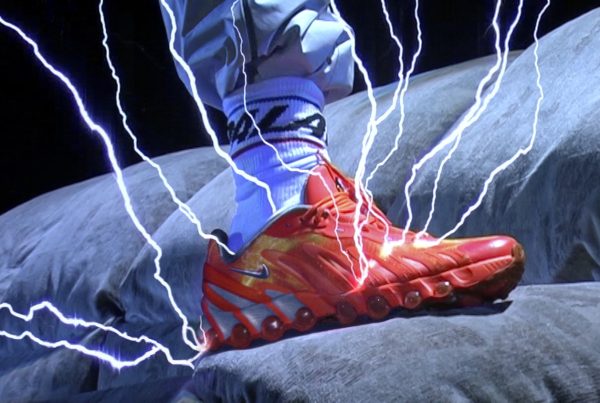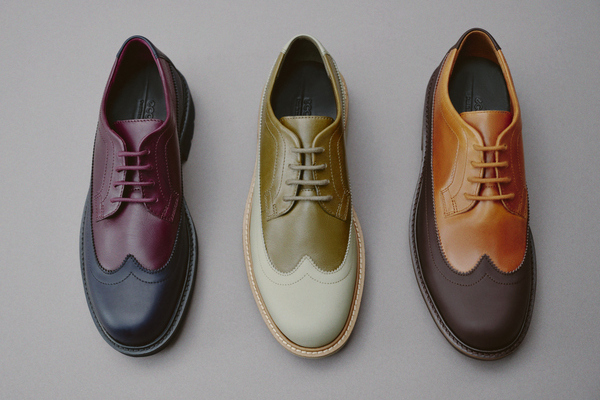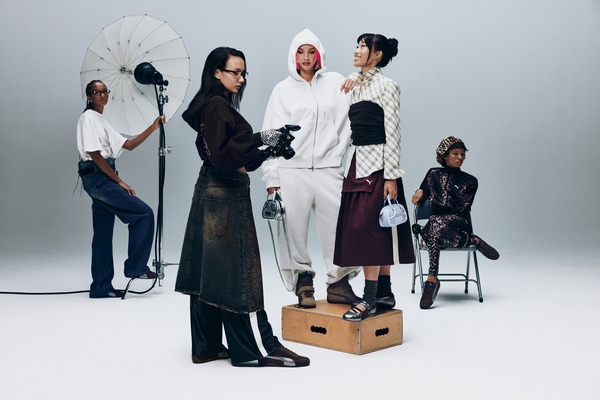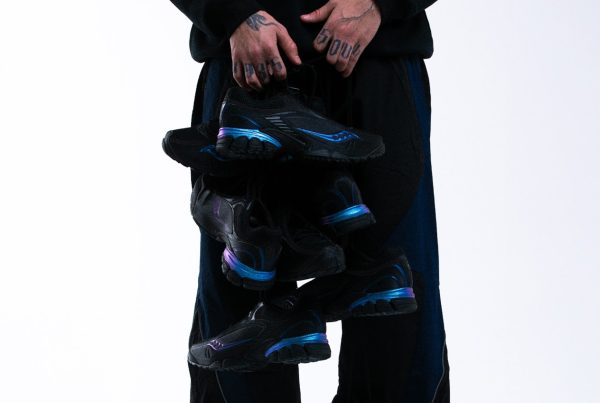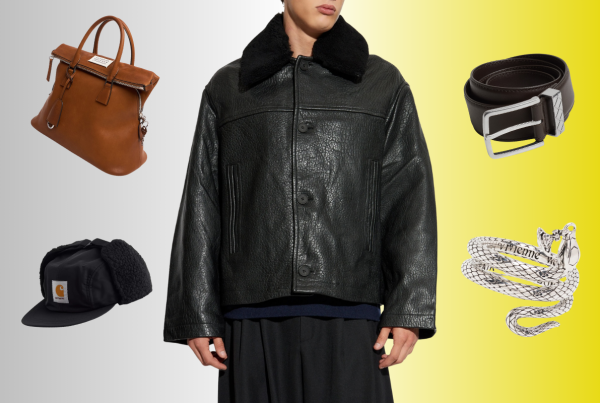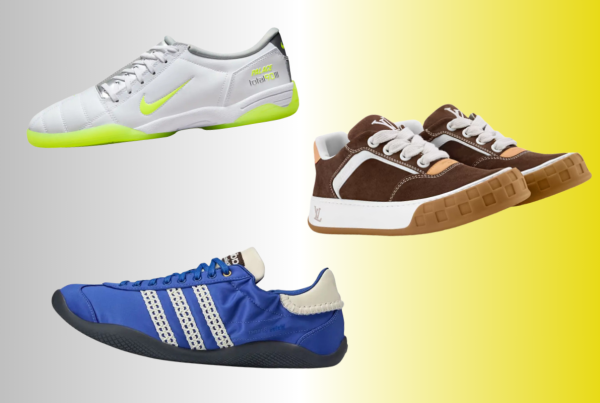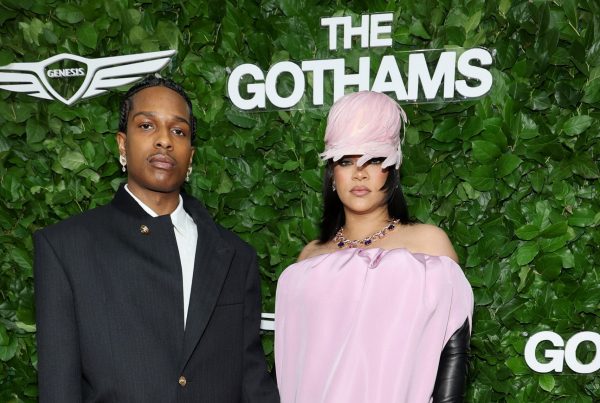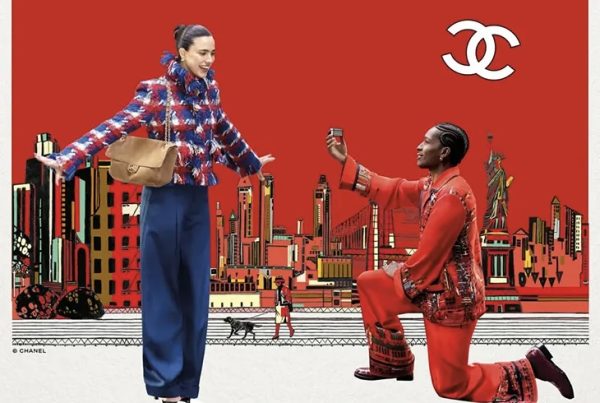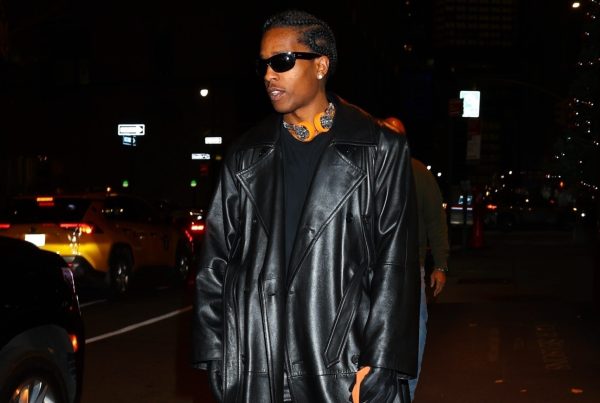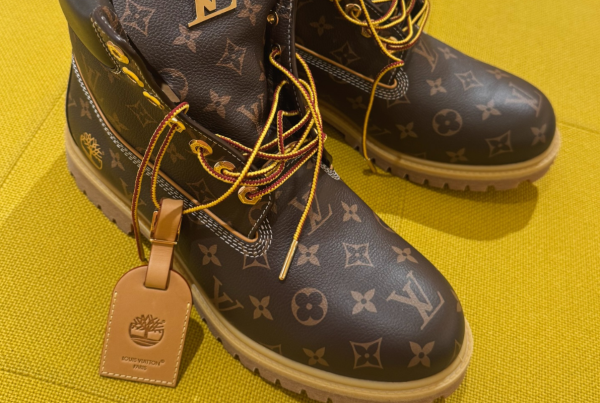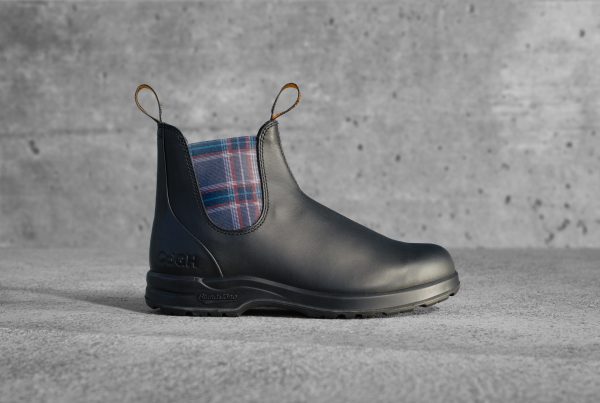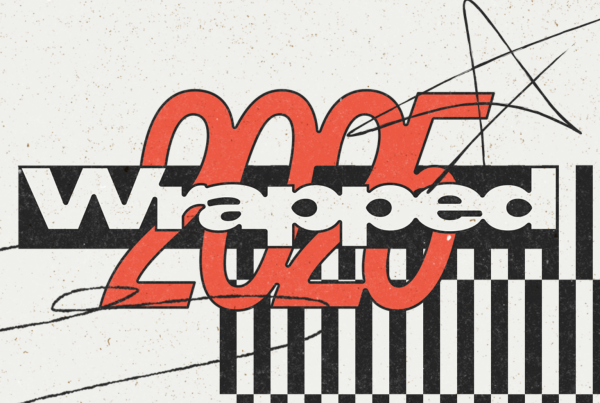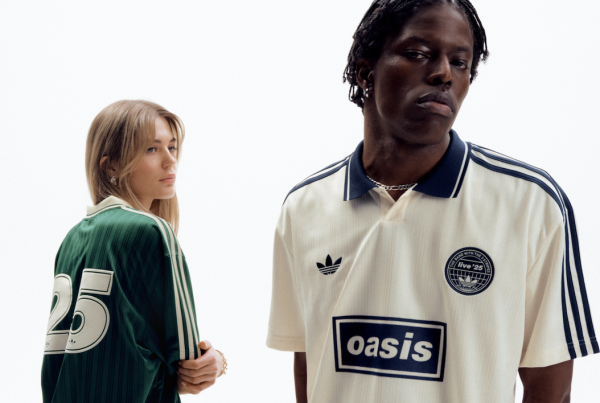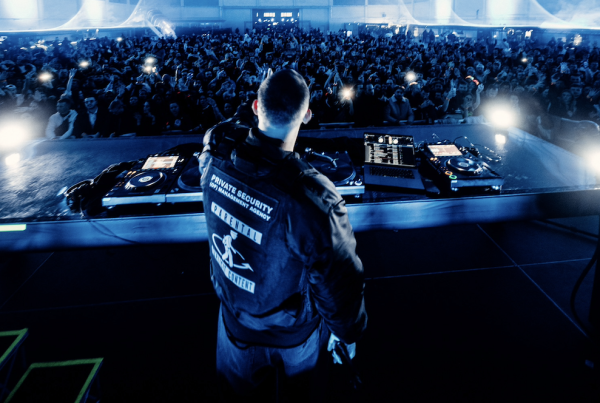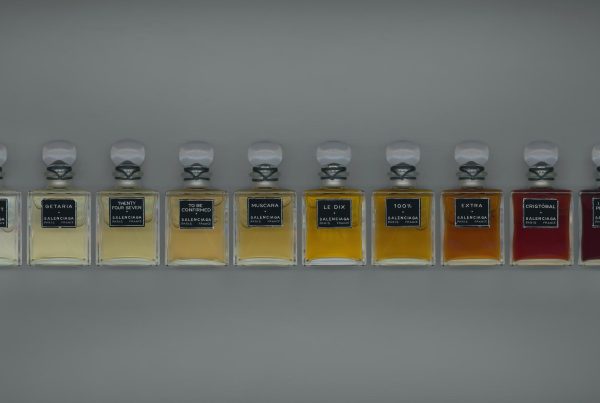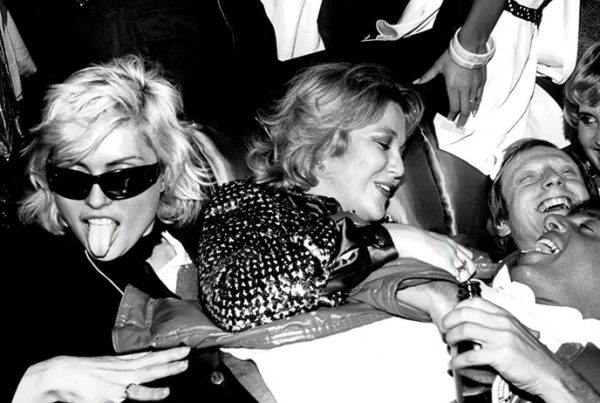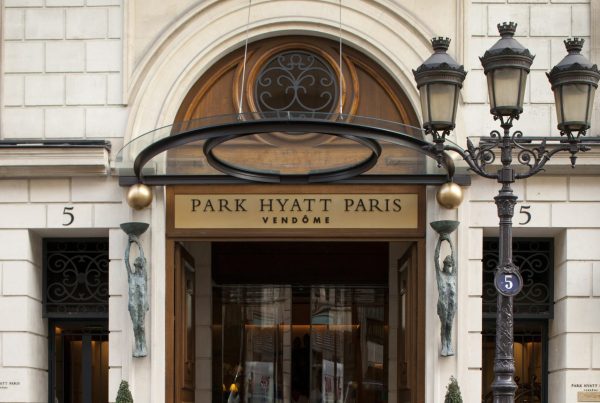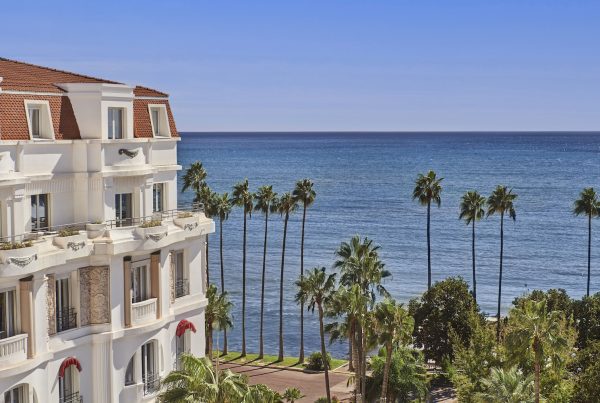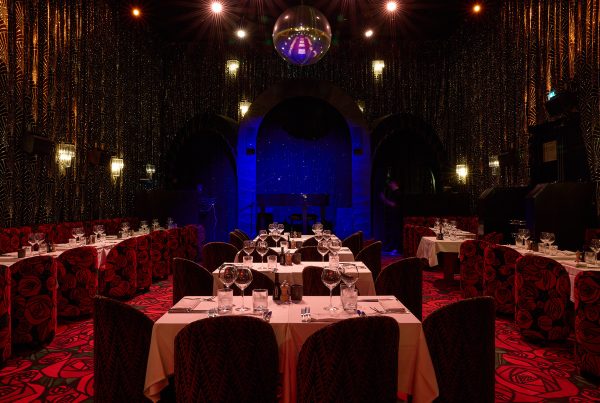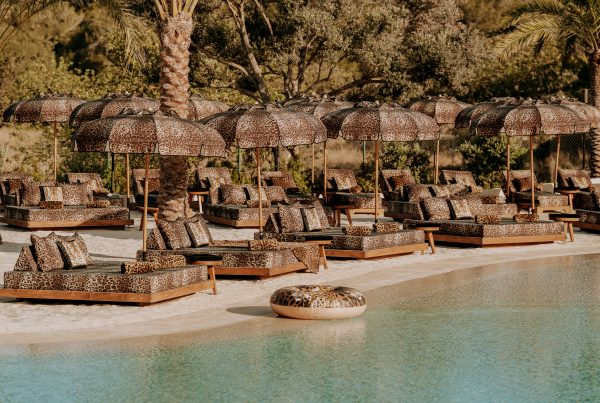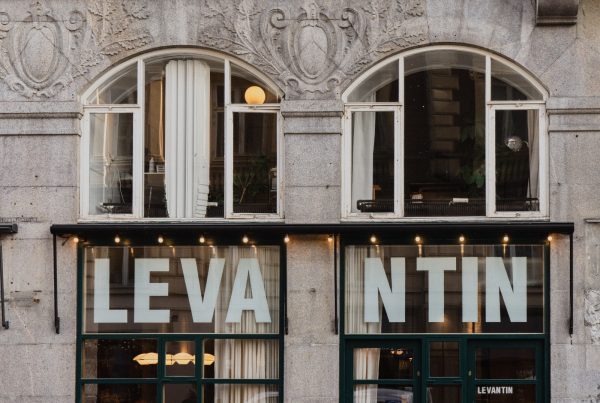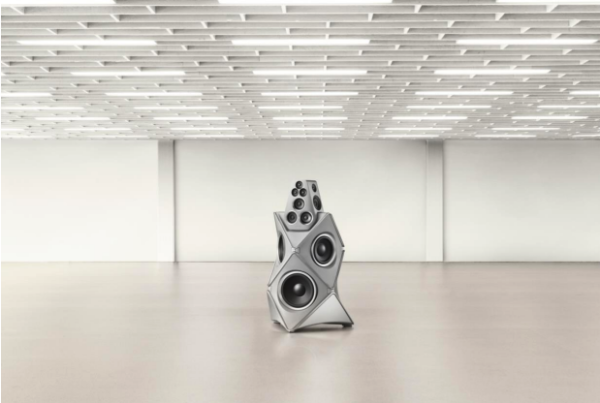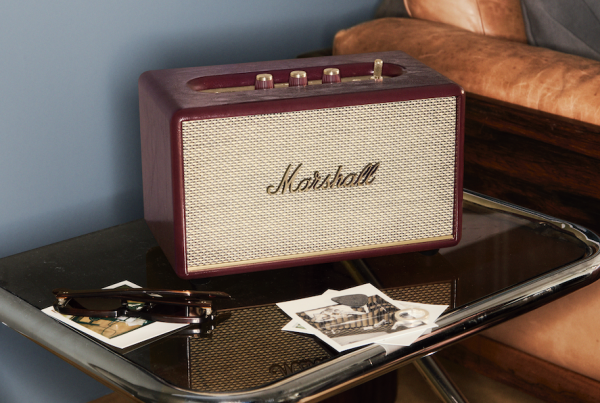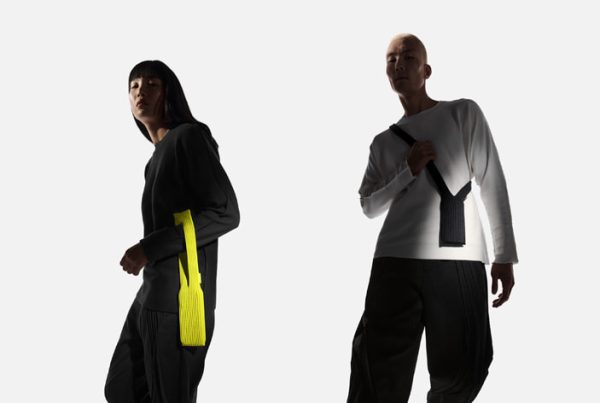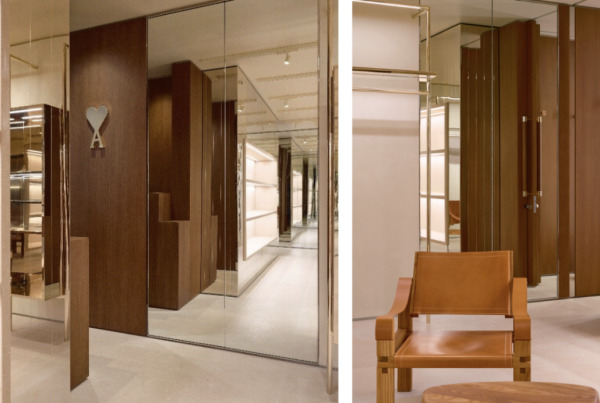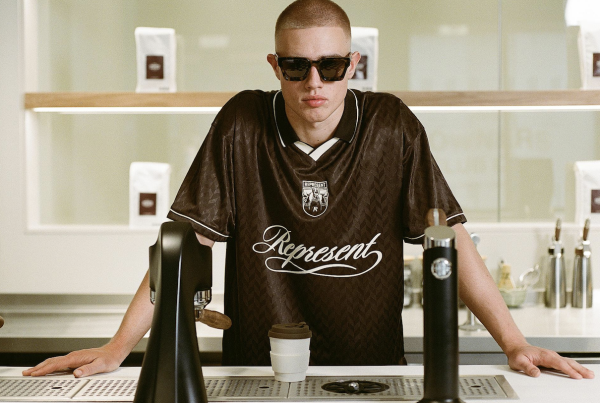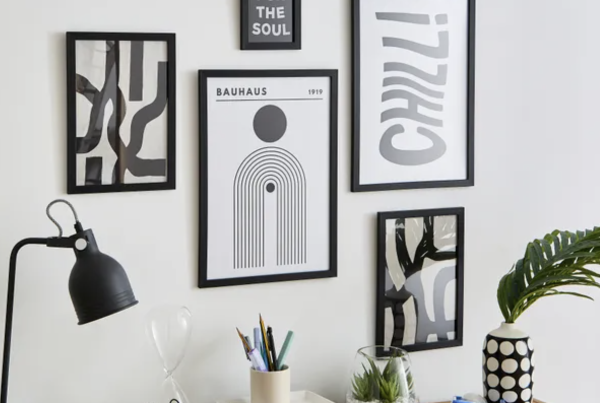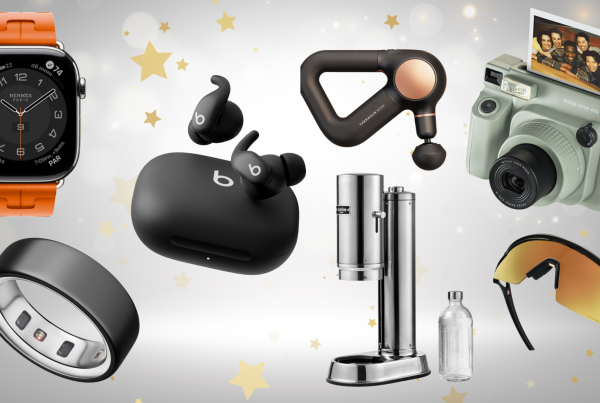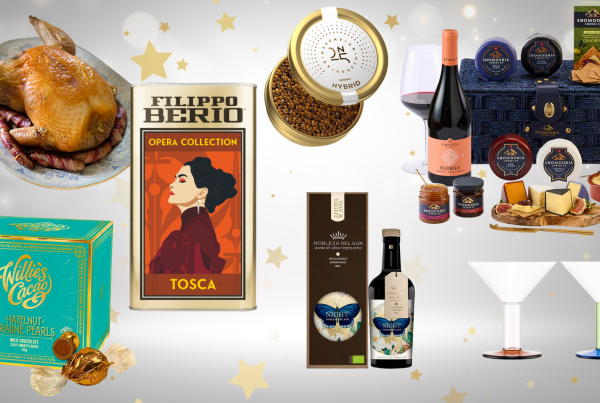
When you enter a modern café, you’re enveloped in a distinct ambiance where the minimalist design, curated decor, and the rich aroma of coffee create a welcoming, aesthetically pleasing environment. Today’s cafés cater to people who seek more than just coffee—they provide a space for style, self-expression, and a unique backdrop for daily life. Many visitors, especially those interested in fashion, use cafés as staging grounds for their social media feeds, particularly on Instagram, blending their love for coffee with their individual styles. This merging of fashion and café culture has transformed the café into an extension of personal identity and lifestyle.
The Cultural Shift: Coffee Houses of the Past and Present
Historically, coffee houses served as essential cultural centers. In the 17th century, these spaces were open to people from all walks of life, acting as gathering spots for intellectual exchange and conversation. Known as “penny universities” in England, coffee houses allowed patrons to access a world of ideas and discussions on topics like politics, literature, and science—all for the cost of a cup of coffee. The coffee house was more than just a place to drink; it was a “third space” outside home and work, a social environment where class and status held less importance, and conversation and thought were encouraged.
Today’s cafés carry forward this tradition but with a modern twist. Not only are they designed with a clean, minimalist aesthetic, but they also feature high-quality equipment, particularly professional-grade espresso machines. These machines allow baristas to craft consistent, high-quality espresso, adding a layer of precision and refinement to the coffee experience. The café has evolved into a space where tradition meets modernity, blending sophisticated equipment with a stylish ambiance to cater to those seeking both quality and atmosphere in their daily coffee ritual.
Fashion Through the Ages: From Baroque to Modern Styles
In 17th-century coffee houses, patrons reflected the Baroque era’s elaborate fashion. Both men and women dressed in intricate, often theatrical attire, complete with powdered wigs known as periwigs, which were popularized by French royalty such as King Louis XIII and Louis XIV. These wigs became symbols of authority and status, embodying the grandeur of the period. Alongside the wigs, layered garments and ornate detailing in clothing were common, creating a look that was strikingly formal compared to modern standards.
Fast-forward to today’s cafés, where a much more individualistic fashion sense prevails. Modern café-goers showcase a blend of styles, from laid-back streetwear to business casual, depending on their purpose in the café. There is often a distinction between patrons who simply grab a coffee to go and those who sit down to work or socialize, with the latter group often bringing more intentionality to their café attire. The café has become a place to embody one’s personal style, balancing comfort with the trend-conscious looks that have come to define modern urban spaces.
The Café as a “Third Place”: Work and Social Life in Modern Cafés
Much like the coffee houses of the past, today’s cafés serve as “third places,” where people can work, socialize, and relax outside of home or office. Cafés now cater to students, freelancers, and remote workers who seek a balance of atmosphere and productivity, often drawn by the allure of a stylish environment. This dynamic setting offers a hybrid space where people can alternate between focusing on work and enjoying a break, often with a unique personal flair in their fashion choices.
Coffee Culture’s Global Influence: From Coffee Houses to Café Chains
For over four centuries, coffee houses have shaped social and cultural landscapes, beginning with the first European coffee house in Venice, Italy, in 1645. What began as intimate spaces for intellectual exchange has evolved into today’s global café chains, like Starbucks and Costa Coffee, symbolizing societal shifts over time. Modern cafés continue the tradition of creating welcoming spaces beyond home and work, offering people around the world stylish, accessible environments to gather, work, or relax over a cup of coffee.
Fashion in Cafés: A Reflection of Personal and Cultural Identity
As cafés continue to influence modern urban culture, fashion within these spaces remains a crucial form of self-expression. Whether it’s a classic leather jacket, minimalist attire, or athleisure, each style reflects the café-goer’s personal identity. This mix of fashion and coffee culture speaks to the versatility and inclusivity of the modern café, honoring the tradition of the coffee house as a place where people from all backgrounds can come together. The modern café not only serves coffee but also supports a lifestyle, blending tradition with contemporary taste in both fashion and atmosphere.
Fashion Tribes of Modern Cafés
In today’s café culture, distinct “fashion tribes” emerge, each bringing their own style to these shared spaces. The Remote Worker tribe, for instance, often favors a blend of casual and chic, pairing comfortable essentials like tailored joggers or loose-fitting sweaters with sleek accessories like leather laptop cases and minimalist watches. The Instagram Influencer tribe gravitates toward trend-forward, photogenic outfits—think statement coats, wide-brim hats, or vintage-inspired sunglasses—choosing attire that aligns with the aesthetic of the café itself for the perfect #OOTD shot. Then there’s the Student tribe, who embrace a mix of comfort and academia; oversized hoodies, vintage tees, and tote bags filled with study essentials are staples of this laid-back yet functional look. Lastly, the On-the-Go Professional often opts for business casual, blending practicality with style by pairing blazers, well-tailored pants, and refined footwear that seamlessly transition from café to meeting. These tribes, each with unique aesthetics, contribute to the vibrant, diverse fashion ecosystem found within modern cafés, transforming these spaces into living runways of personal style.
Final Thoughts
Modern cafés have evolved into hubs of self-expression, where personal style, social trends, and cultural influences converge. Today, cafés blend tradition with modern aesthetics, transforming into venues where people bring their individuality to life, subtly showcasing both identity and intent. As they adapt to new cultural shifts, cafés will remain places of connection and style, reflecting the ever-evolving pulse of urban life.

